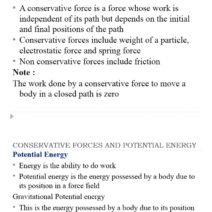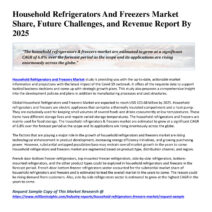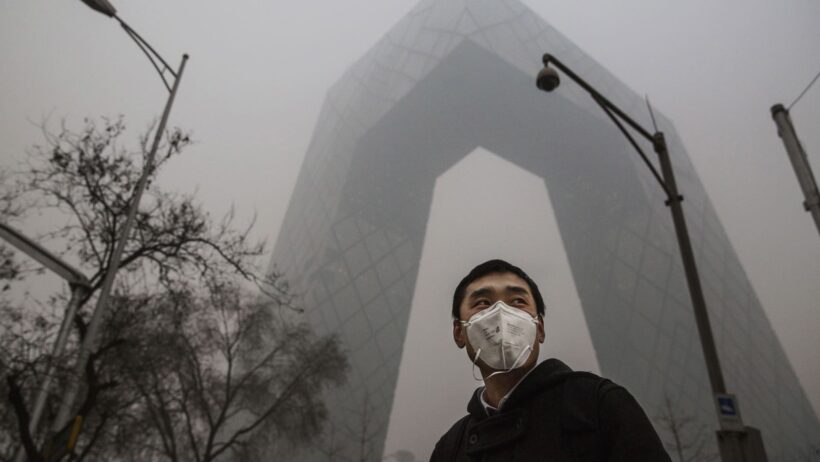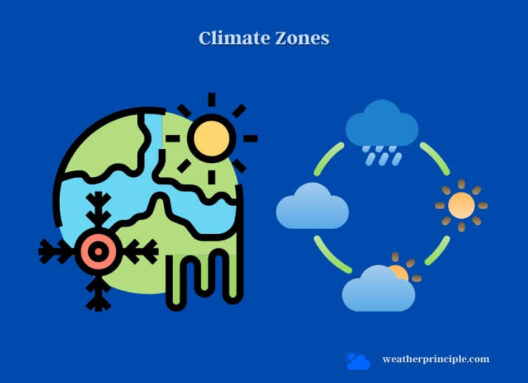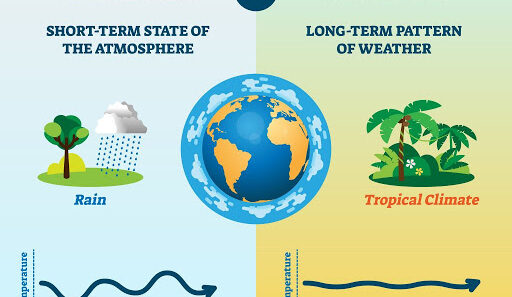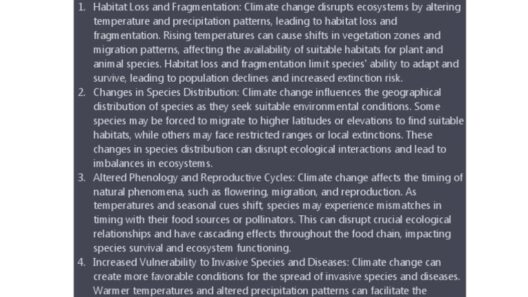The Paris Climate Agreement stands as a pivotal framework in the global response to climate change, embodying a collective commitment from nations to tackle one of the most pressing issues of our time. Its significance cannot be overstated, not just in the context of environmental policy, but in reshaping our social and economic paradigms. To grasp the essence of the Agreement, one must first understand its foundational aims, mechanisms, and the transformative vision it embodies.
At its core, the Paris Agreement hinges upon a shared acknowledgment of the urgent need for climate action. It aspires to limit global warming to well below 2 degrees Celsius above pre-industrial levels, with aspirations to cap the rise at 1.5 degrees Celsius. This target is not merely a conjecture; it reflects the scientific consensus on the thresholds beyond which dangerous climate impacts become increasingly inevitable. By aspiring for these ambitious limits, the Agreement serves as a clarion call to all nations, urging them to rethink their energy production, consumption patterns, and overall environmental stewardship.
One of the Agreement’s most notable features is its reliance on nationally determined contributions (NDCs). This mechanism empowers each nation to outline its unique path toward lowering greenhouse gas emissions. By allowing for flexibility in how countries contribute, the Agreement fosters a sense of ownership and responsibility among nations. It acknowledges that a one-size-fits-all approach is not feasible given the disparate circumstances faced by different countries, particularly when considering varying levels of economic development, industrial capacity, and vulnerability to climate impacts.
The critical role of transparency and accountability cannot be overlooked. The Paris Agreement establishes an enhanced transparency framework, demanding regular reporting from nations on their emissions and progress in implementing their promised actions. This system is designed to build trust among countries, ensuring that states meet their commitments and not fall prey to complacency. The emphasis on accountability drives countries to hold themselves — and each other — responsible in their commitments to fight climate change.
Moreover, the Agreement recognizes the necessity for financial support and technology transfer to developing nations. These nations often contribute the least to global emissions yet are the most profoundly impacted by climate change. By facilitating access to funds and technology, wealthier nations can aid in equitable development that prioritizes sustainability. Such financial aid aims to level the playing field, supporting adaptation and mitigation initiatives that can fortify vulnerable communities against the inevitable impacts of climate change.
A legacy of community and inclusivity echoes through the principles of the Paris Agreement. By engaging civil society, indigenous peoples, and local communities in the conversation, the Agreement emphasizes that climate action is not solely a technical or scientific endeavor. It recognizes the invaluable perspectives and wisdom of those on the frontline of climate impacts, encapsulating indigenous knowledge as a critical component in climate adaptation and mitigation strategies.
The push toward maintaining “climate neutrality” is another ambitious goal encapsulated in the Agreement. Countries are encouraged to reach net-zero emissions by the second half of the century, transitioning away from fossil fuel dependence and investing in renewable energy sources. This shift not only mitigates climate change but also spurs innovation and economic growth. As nations transition to cleaner energy infrastructures, there is an inherent opportunity to create green jobs, stimulating economic resilience while addressing environmental degradation.
Indeed, the Paris Agreement offers a multi-faceted approach that interconnects environmental protection with economic opportunity, social equity, and technological innovation. By fostering such interdisciplinary cooperation, it generates a fertile ground for solutions that are not only effective but also sustainable on multiple fronts.
However, the journey towards fulfilling the promises of the Paris Agreement is fraught with challenges. Political will and public sentiment remain pivotal forces that can either facilitate or inhibit progress. The climate crisis is as much about human behavior as it is about science. Fostering a collective consciousness around environmental stewardship requires continuous public engagement, education, and advocacy. The narrative surrounding climate action must evolve from one of sacrifice and limitation to one of empowerment and opportunity.
This progressive paradigm shift is vital in ensuring the longevity of commitments made under the Paris Agreement. It is not just policy but a vision of a sustainable future that can inspire generations to come. The urgency of climate change challenges individuals and societies to renew their social contracts — to redefine progress not merely in terms of economic gain but as an ethos rooted in responsibility towards one another and the planet.
As the world collectively engages with the commitments of the Paris Climate Agreement, the true test awaits: the ability to translate ambitious goals into tangible actions that resonate at local, national, and international levels. The seeds of possibility are sown, and the potential for transformative change stands just within reach. It presents a chance for humanity to forge a new path, one characterized by resilience, sustainability, and hope. In this light, the Paris Agreement embodies more than a legal document; it is a blueprint for cooperation that encapsulates our shared destiny on this planet.
